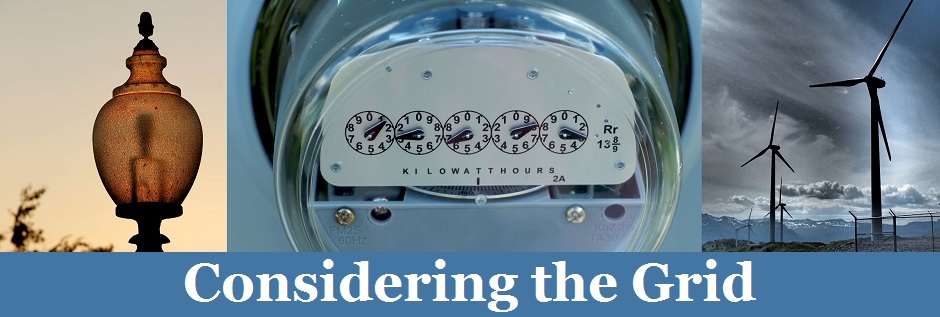Yesterday, June 29, 2016, President Barack Obama, Canada’s Prime Minister Justin Trudeau, and Mexico’s President Enrique Peña Nieto announced the formation of the “North American Climate, Clean Energy, and Environment Partnership” through which the three countries aim to “align [their] climate and energy policies” and “strive to achieve 50 percent clean power generation by 2025.” The countries plan to meet the clean power target through a combination of deploying renewable, nuclear, and carbon capture and storage technologies, and reducing demand through energy efficiency.
In their joint statement, the parties highlighted a series of initiatives that they are planning to undertake to achieve their goals. The initiatives are outlined in the Partnership Action Plan, and include:
- Joining the Paris Agreement in 2016, implementing each country’s respective nationally determined contribution, and promoting full implementation of the Paris Agreement’s transparency framework, with common modalities, procedures, and guidelines for reporting and review;
- Advancing clean energy research, development, and deployment, and supporting the development of cross-border transmission projects;
- Phasing out inefficient fossil fuel subsidies by 2025;
- Jointly studying, identifying, and implementing options for broad energy system integration, including completing the second installment of the Quadrennial Energy Review, which will focus on a comprehensive review of the electricity system;
- Increasing trilateral collaboration on encouraging the greening of government initiatives and on the purchase of more efficient products, cleaner power, and clean vehicles;
- Strengthening and aligning efficiency standards across all three countries, including by aligning six energy efficiency standards or test procedures for equipment by the end of 2017, and a total of ten standards or test procedures by the end of 2019;
- Aligning analytical methods for assessing and communicating the impact of direct and indirect greenhouse gas emissions of major projects;
- Reducing greenhouse gas emissions and air pollutants from light- and heavy-duty vehicles by aligning fuel efficiency and/or GHG emission standards out to 2025 and 2027, and by aligning air pollutant emission standards and corresponding ultra low-sulphur fuel standards by 2018.
Although the Partnership and Action Plan are not legally binding, they represent significant political commitments between neighbors.

